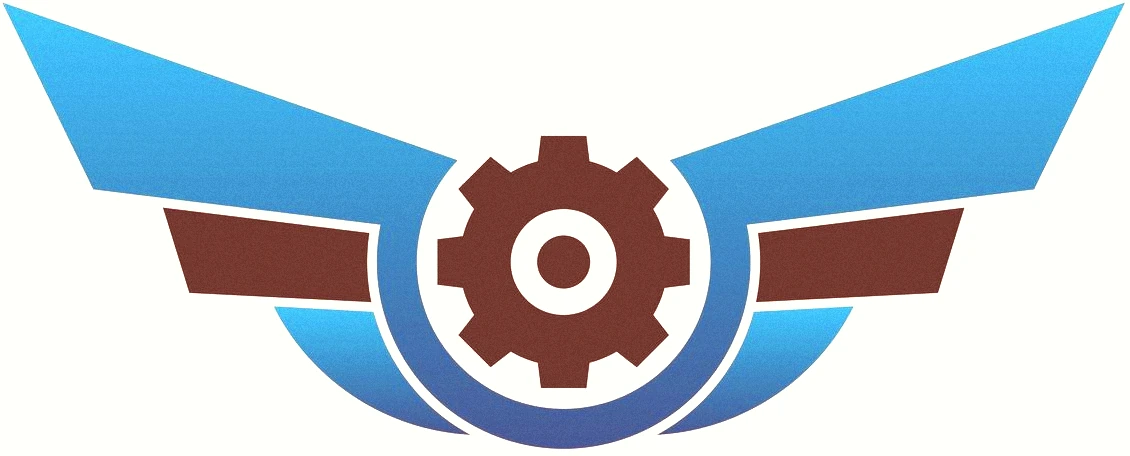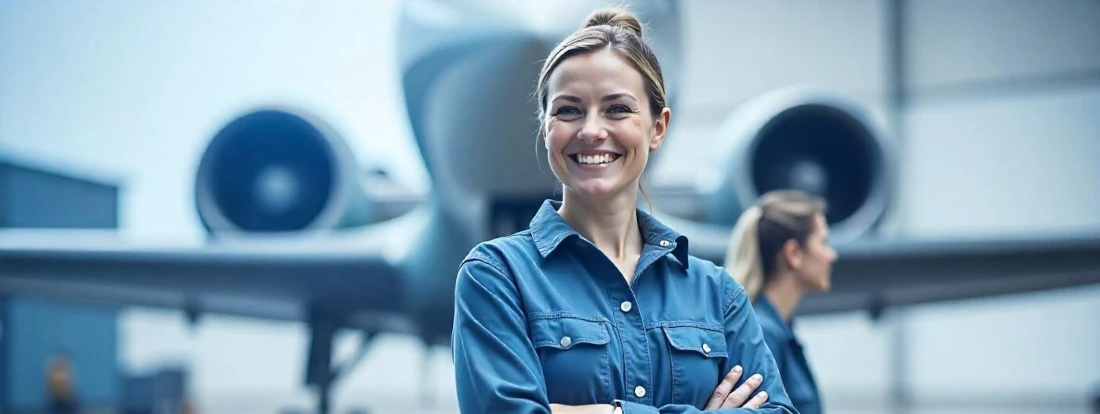Programs by State
Things to Consider When Choosing a School
FAA Part 147
An FAA Part 147 Aviation Maintenance Technician School (AMTS) is an educational institution certified by the Federal Aviation Administration to train students in aircraft maintenance.
Why is it important?
Attending a Part 147 school ensures that the curriculum meets industry standards, covering essential topics like airframe and powerplant systems. Graduates from these programs are eligible to take the FAA certification exams, a crucial step toward becoming a licensed aviation maintenance technician.
Program Length
Program durations vary between 12 to 24 months, on average.
- Accelerated programs that can be completed in as little as 12 months, focusing intensively on the required subjects.
- More extended programs, such as double certificate or AA degrees can last up to 24 months.
Hands-on Training Facilities
Hands-on experience is vital in aviation maintenance training. Seek schools that offer practical training with real aircraft, engines, and up-to-date tools. Facilities should include well-equipped hangars, workshops, and labs that simulate real-world maintenance environments.
Job Placement & Industry Connections
High job placement rates often indicate a school’s effectiveness in preparing students for the workforce. Institutions with strong ties to airlines, maintenance repair organizations (MROs), and aerospace companies can provide valuable networking opportunities, internships, and direct hiring pathways.
Credentials
Aviation maintenance schools may offer various credentials:
- Certificates: Focused programs that prepare students for FAA certification exams.
- Associate Degrees: Combine technical training with general education courses, potentially opening doors to supervisory roles.
- Bachelor’s Degrees: Offer comprehensive education, including management and advanced technical courses, suitable for leadership positions in the industry.
Your choice depends on your career aspirations and the time you’re willing to invest in education.
Instructor Experience & Curriculum Quality
Research the qualifications and industry experience of the faculty. Instructors with real-world experience bring valuable insights into the classroom.
Additionally, review the curriculum to ensure it covers current industry standards and technologies. Some schools may also offer specialized courses in emerging areas like avionics or composite materials.
Financial Considerations
Consider not only the base tuition but also additional expenses like tools, books, and certification exam fees.
Explore financial aid options, scholarships, and payment plans. Some schools may also offer work-study programs or partnerships with employers that provide tuition assistance.
Campus Location
Attending a school near major aviation hubs or aerospace companies can provide better access to internships and employment. Additionally, consider the cost of living, availability of housing, and transportation options in the area.
Specialization
Many schools offer specialized tracks or electives in areas like:
- Avionics: Focusing on aircraft electronic systems.
- Helicopter Maintenance: Specializing in rotary-wing aircraft.
- Composite Materials: Working with advanced materials used in modern aircraft.
Specializing can make you more competitive in specific sectors of the aviation industry.
Accreditation
Ensure the school is FAA-certified under Part 147. You can verify this through the FAA’s official website.

